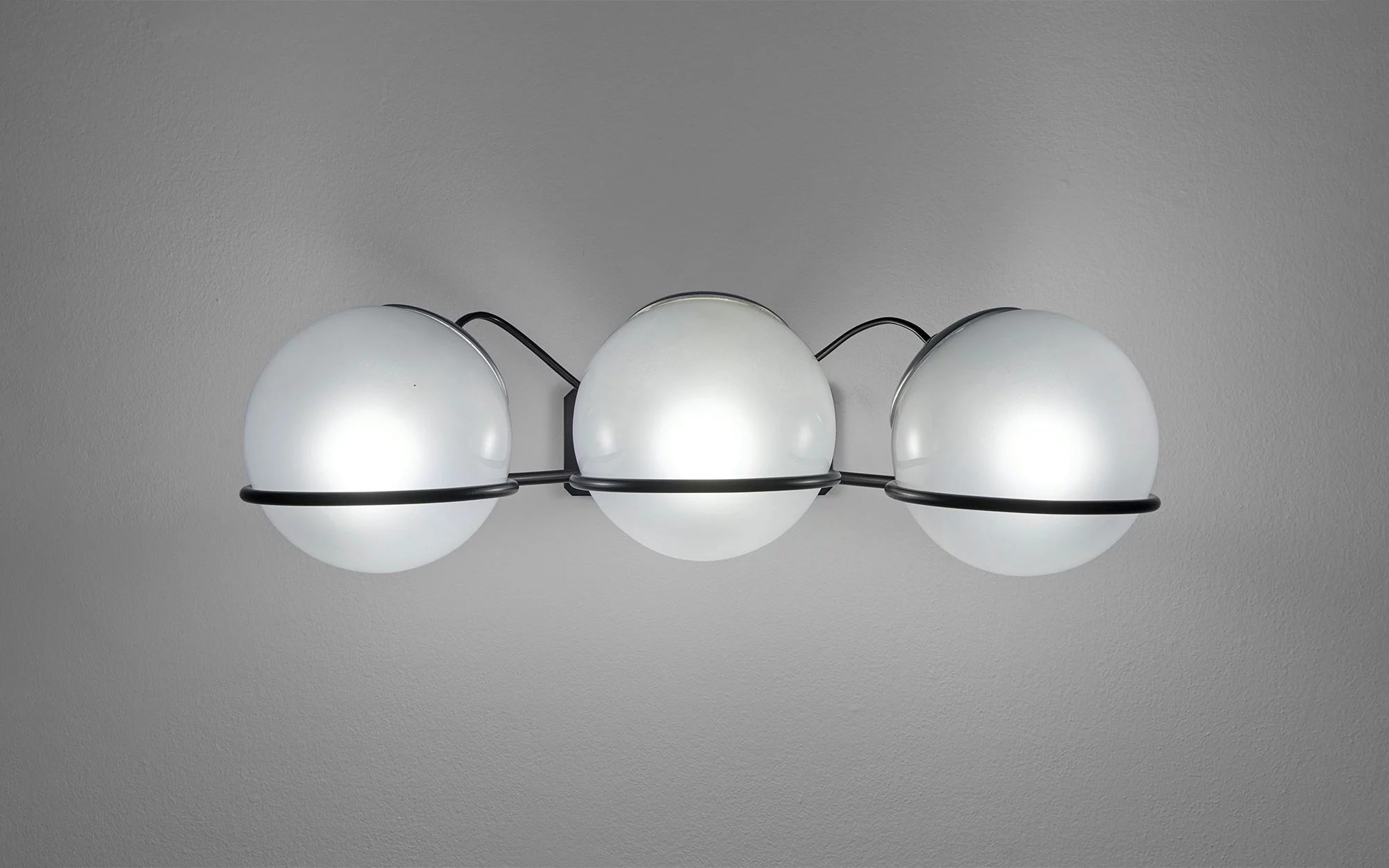
67
Ignotus Nomen
Pierre Charpin
September 08 - October 07, 2011

The exhibition follows the great success of selected pieces previewed exclusively in Basel during the renowned Design Miami fair. The “Ignotus Nomen” collection includes eight pieces: bench, box, bookshelf, coffee table, console, desk, lamp, and vase. The material used for the furniture is Krion® (type of Corian®) and the shape is in black mat resign or white lacquered resin...
Exhibition Images





Born in 1962 in Saint-Mandé, Pierre Charpin is a visual artist and designer. He graduated from the National School of Fine Arts in Bourges in 1984 and began his career as a visual artist. By the early 1990s, Charpin shifted his focus to designing objects and furniture, embarking on a prolific career in design. His work includes research collaborations with institutions such as CIRVA (1998–2001) and CRAFT (2003–2005), alongside partnerships with esteemed brands like Alessi, Cristallerie Saint-Louis, Design Gallery Milano, Ligne Roset, the Manufacture Nationale de Sèvres, Pamar, Post Design, Tectona, Venini, and the Wrong Shop...


